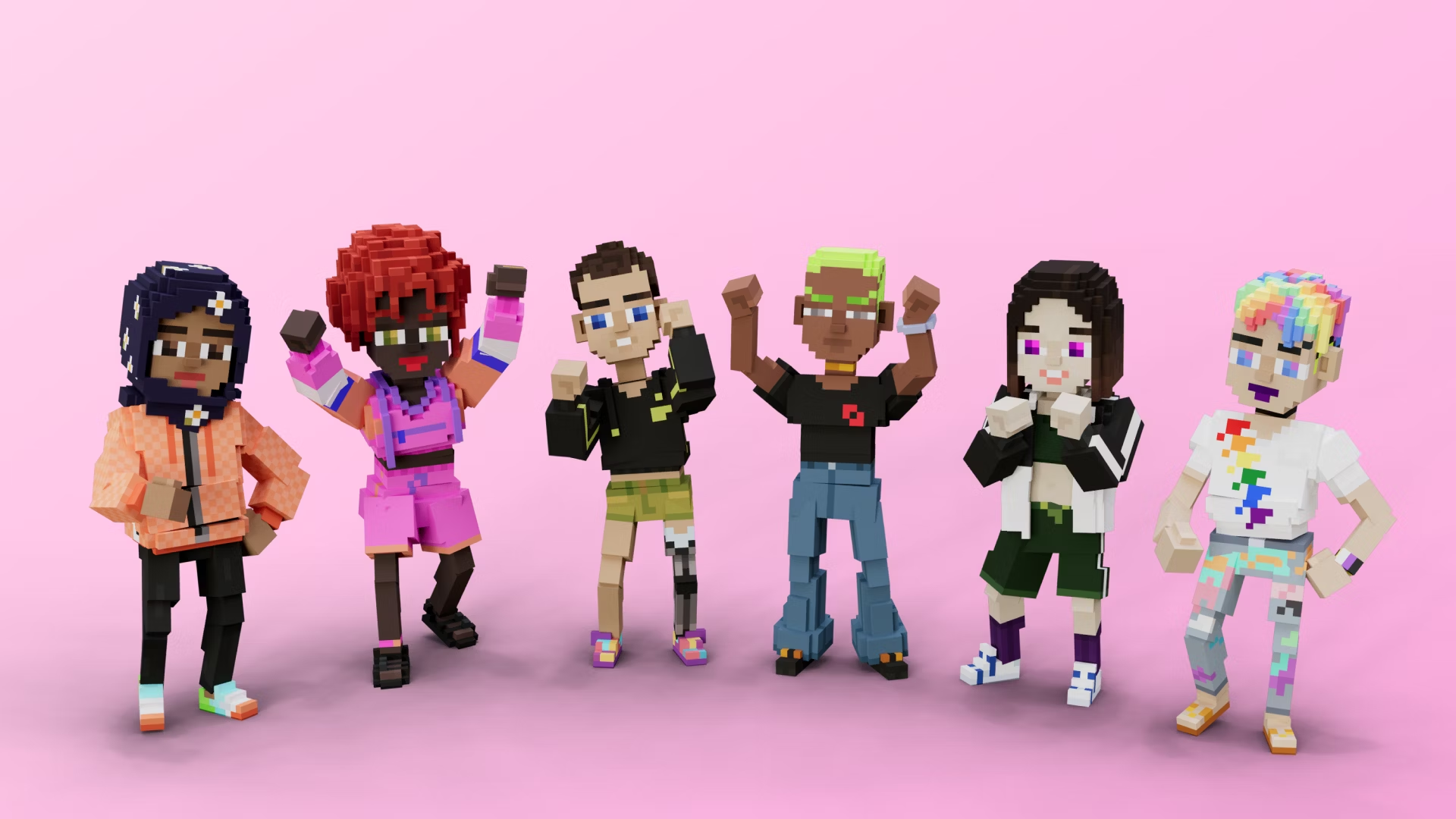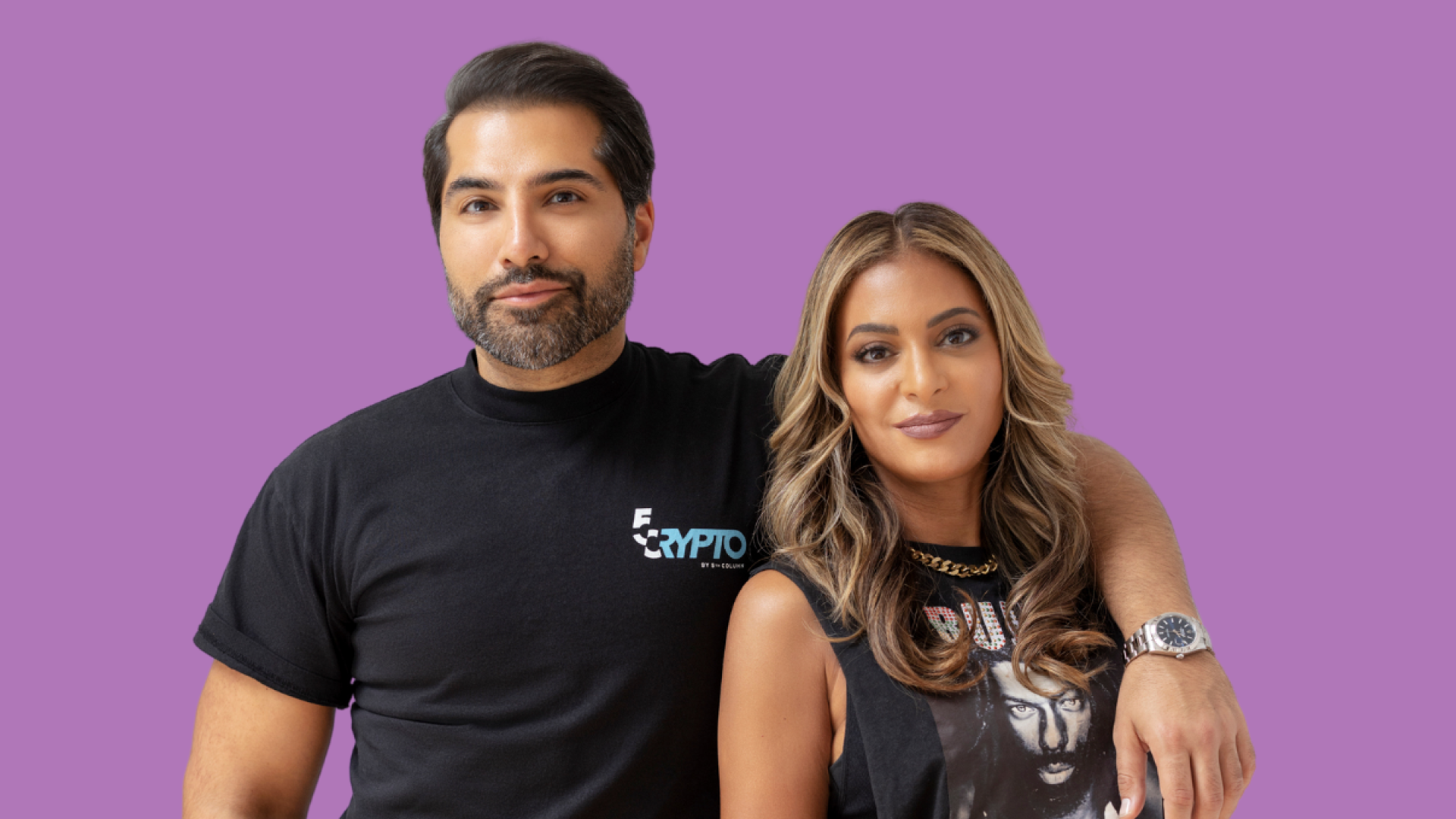Whatever Happened to Web3?

Only 13 percent of Web3 startups include a female founder. Within that group, ten percent of founding teams include both men and women, and only three percent of companies have a team that is exclusively female.
These numbers are worse than average for startups overall, and the gender disparity extends to the overall web workforce. Among all employees at top Web3 startups, the share of women is higher (approximately 27 percent), but they are often clustered in nontechnical roles such as HR and marketing.
When it comes to funding, the split is even wider: all-male founding teams raise nearly four times as much, on average, as all-female teams (almost $30 million compared to about $8 million). Among companies that have raised more than $100 million, the percentage with all-female founding teams is…zero.
The statistics above come from a recent collaborative study entitled Web3 Already Has a Gender Diversity Problem, carried out between BCG X, the tech build and design unit of Boston Consulting Group (BCG), and People of Crypto Lab. The report analyzed the gender diversity of founders and investors using a database from Crunchbase consisting of nearly 2,800 participants worldwide. The findings, far from encouraging, prompt us to ask: whatever happened to the utopian promises of a more diverse and egalitarian Web3?

Image credit: People of Crypto
We first met POC Lab founders Akbar Hamid, a leading Web3 creative communications strategist and gay South Asian Muslim, and Simone Berry, a Black, neurodiverse Web3 brand builder, and former fashion product designer, at the Web Economic Forum in Davos earlier this year. We were so impressed by their passion and commitment to shining a light on the inequalities extant within the Web3 space that we invited them to speak at The___Dream this June, 2-5, in Sintra, Portugal.
“Our mission is to advance the representation and inclusion of Black and Brown women, LGBTQIA+, disabled, and POC individuals in Web3 technology,” explains Akbar.
“POC Lab is an innovative and creative studio that helps brands strategically curate their entry into Web3 in a meaningful way. Our team specializes in culturally relevant storyliving, bridging fashion, gaming, and entertainment to connect virtual and real-world experiences.”
Their extensive knowledge of design, the ever-changing tech landscape, and decades of award-winning brand-building allow Akbar, Simone, and their team of experts to break down boundaries between brands and consumers and create culturally relevant digital experiences. In their quest to improve society through crypto activism, representation, and equal opportunities for all, POC Lab has collaborated with leaders from The Sandbox, Animoca Brands, Polygon Studios, L’Oreal, NYX Cosmetics, and more. Last year, their groundbreaking Metaverse Pride event in their developing IP ‘Valley of Belonging’ showcased the potential of Web3 to promote diversity, equity, and inclusivity within The Sandbox virtual world. The first-ever non-binary avatar collection featured more than 36 different skin shades, cultural signifiers like the hijab, and physical differences like prosthetic limbs. It also included integration of wheelchair avatars and drag queen non-player characters to promote representation and celebration of differences. Building on last year’s success, the second annual ‘Valley of Belonging’ Pride event, set to kick off at the end of June 2023, will be even more expansive and engaging.
“Web3 will revolutionize how we interact, transact, and monetize as a society,” states Simone.
“We are very early in development with the incredible opportunity to not repeat past mistakes and ensure everyone has an equal opportunity to participate and benefit from access to this emerging technology.”

Image credit: People of Crypto
How did the two of you meet and how—and why—was the original idea conceived?
We have known each other socially for years, but it wasn’t until our post-pandemic meetup during the NFT NYC conference a few years ago at Starbucks, commiserating over a cheese plate, bonding over a shared experience of not seeing ourselves reflected in Web3, metaverse, and crypto projects, and conferences where we saw an opportunity to change that.
Having been immersed in the space, we also understood the immense opportunity this new technology provides for creators and how it is completely transforming the way we engage and behave digitally, our identities, and more. Like many entrepreneurs and people of color, we realized we were going to have to be the change we want to see so we dreamt up a vision to create safe and inclusive spaces in virtual worlds and bring in more diverse communities into emerging technology so that this new era of Web3 and metaverse can be diverse from the very foundational levels.
Of course with both of us having decades of experience working with consumer and fashion brands, we saw an immense business opportunity to onboard new users via brands and culture. Our vision evolved from a sociocultural movement to onboard the next million users into an innovation studio that builds within virtual worlds and Web3 through the lens of culture and diversity.
The study you published last month with BCG shows that crypto clearly has a gender gap issue—is this a “pipeline” issue? And assuming it’s not only that, what is it then?
Women are massively under-represented among both venture-backed entrepreneurs and VC investors, with companies founded solely by women receiving less than three percent of all venture capital investments and women accounting for less than 15 percent of check-writers. This funding phenomenon becomes a self-perpetuating cycle. Male investors tend to fund male CEOs. Male CEOs tend to hire people who look like them as their first employees. When a company sells, those men make money. They then invest in other men. This cycle continues, and the unintended consequence is that women are excluded or their ideas are overlooked.

Image credit: People of Crypto
How can this issue be tackled from a structural level? What’s the role of predominantly (white, cis-gender) males sitting in current leadership positions in shifting the dynamics toward more inclusivity and equality?
All key decision makers within the C-suite of tech companies and consumer brands along with leaders of VC funds must make a conscious effort to ensure that all the partners they work with and companies and ideas they invest in have teams that are diverse in backgrounds and thought. If these decision-makers are not making this a priority, it will be more challenging to change the statistics in the short term.
As leaders, they have the power to promote diversity and equity by implementing policies, providing training and development opportunities, and actively recruiting and promoting underrepresented groups into leadership roles—but this needs comprehensive and sustained effort and not marketing moments to show commitment.
• Increase diversity within the VC industry itself, which means recruiting more women and people of color to work in VC firms, investing in diverse-led VC firms, and providing funding opportunities for underrepresented groups.
• Support and invest in organizations that focus on supporting underrepresented groups, such as women and minority entrepreneurs, providing funding opportunities, mentorship, and networking events, as well as creating partnerships with these organizations.
• Creating a culture of inclusion and implementing policies that support diversity at all levels of the organization is crucial. This includes things like flexible work arrangements, parental leave, and mentoring programs, equal access to participation in leadership development programs, transparency, and accountability.
What work needs to be done to resolve such industry bias, conscious or not?
Frankly, men—all men—need to recognize their unconscious gender bias and actively work to fix it. Almost all companies offer anti-harassment and discrimination training, but far fewer offer employees training to eliminate bias in hiring. Focus on debiasing the system, rather than relying on people to debias themselves.
• Creating a culture where women feel comfortable saying NO to “opportunities” (women are often provided “opportunities” to grow through additional work responsibilities that are added to their workload) and where women feel comfortable asking for raises.
• Women are assigned and spend more time on non-promotable tasks than men. These non-promotable tasks are any activity that is beneficial to the organization but does not contribute to career advancement. So basically, things men don’t want to do are being handed to women.
• Actively recognize and dismantle cultures of proof vs. potential: women are held to much higher standards than men, and their leadership potential is generally overlooked, even when highly qualified. Yet men are judged on their potential to succeed even if they aren’t qualified. Women feel forced to compete on their record whilst men can compete on their vision.

Image credit: People of Crypto
Arguably, the same beneficiaries in Web2 and Big Tech platforms are now seeking to secure capital and power in the Web3 space. How can we make sure we’re not repeating history and truly moving towards a more decentralized, participatory infrastructure and economy?
Achieving a more decentralized and participatory infrastructure and economy in the Web3 space requires a sustained effort to prioritize diversity, equity, and inclusion in the design and governance of platforms and protocols. By doing so, we can ensure that Web3 truly represents a new era of innovation and opportunity, rather than a continuation of the old status quo. A few ways:
• Community-based decision-making processes, open-source development, and the creation of decentralized autonomous organizations (DAOs)
• Education to enable greater participation and engagement from a diverse range of stakeholders, including those who have historically been excluded from Web2 platforms
• Ensure that the economic incentives and governance structures of Web3 platforms are designed to promote the equitable distribution of resources and rewards
What are some exemplary POC-relevant projects that you’d love to give a shout-out to?
• Machankura: Allowing Africans to use Bitcoin without Internet access (click to explore)
• Olayinka Odeniran: Black Women Blockchain Council (click to explore)
• Komorebi Collective: Investment DAO (click to explore)
• H.E.R. DAO: Woman-focused development DAO (click to explore)
• Unstoppable Women of Web3: Education group onboarding women to Web3 (click to explore)
• NFTY Collective: Dedicated to diversity and representation (click to explore)
You can catch Akbar and Simone at The___Dream from June 2–5, as part of the “Powered by More of Us” session on Sunday night—check out the full program here. There are only a few tickets left, so grab one here before it’s too late!
